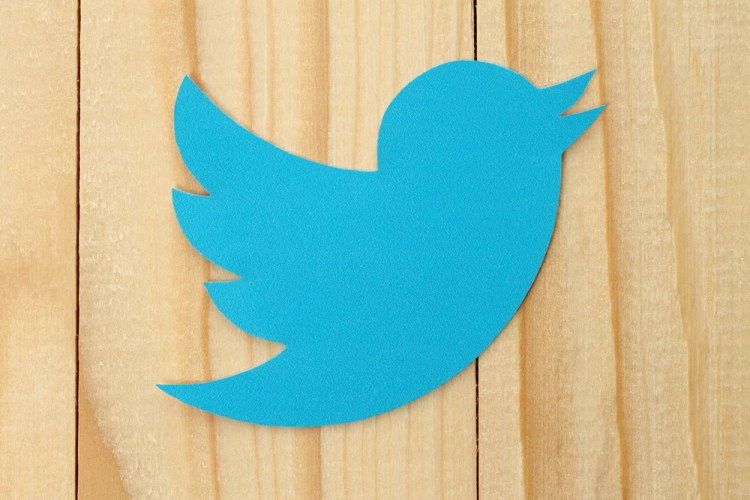Say what you want about the new 280-character limit for Twitter — it works for me and how I tweet, and it shows that the company is at least trying a few new things.
Of course, the reception has been less than warm. I wasn’t the only one who has written tweets that cut off suddenly as a joke — it might be thousands of other people who did so. Now that my account was activated to use 280 characters (probably at random), we can all make the exact same joke but cut the tweet off right before we run out of a little extra space.
As Jack Dorsey explained in a 280-character post recently, the 140-character limit was fairly arbitrary and based on the SMS limit at the time of 160 characters. (Knowing my kids can now send page after page of questions about homework, that doesn’t seem to be a restriction anymore.) Somehow, 140 became part of the tech lexicon. It was a way to force people to be brief and get to the point.
So far, users have reacted with a heavy dose of scorn, mostly because this is not the change everyone wants. How about the ability to edit your tweets? Or for Twitter to improve their AI and make it much harder to send hateful tweets? Even small fixes like improving the Twitter home page might be nice, making it a little easier to find retweets or DMs.
June 5th: The AI Audit in NYC
Join us next week in NYC to engage with top executive leaders, delving into strategies for auditing AI models to ensure fairness, optimal performance, and ethical compliance across diverse organizations. Secure your attendance for this exclusive invite-only event.
All that said, while I’m just as interested in real innovations, I like this change. (With apologies to a former editor who told me to stop testing the 280-character limit.) Lately, I’ve been quoting a paragraph from articles instead of just one line, which gives the tweet (and the link) a lot more context. You can scan through 280 characters pretty quickly, but now the tweets are a bit more meaty and help you decide if you want to click the link or not.
Here’s an example:
VB: "You get wireless charging and AR, plus a host of iOS 11 improvements. They are well worth the price, although I could see waiting for the iPhone X in November if you really want a more colorful, brighter screen as well." https://t.co/qG4V958o1k @venturebeat
— John Brandon (@johnbrandonmn) September 28, 2017
For me, Twitter has always been the main conduit I use to share links. Facebook is more visual, encourages group interactions, and has more features that suit a wider audience, but Twitter is my main broadcast (one to many) platform. It’s always been that way, and it is for many other journalists. It may not work for you — maybe you like the character restriction, maybe you’d argue it is what makes Twitter unique — but for me it is a good move.
What comes next? As the testing progresses, I’m expecting Twitter to realize that this kind of flexibility is a good thing, that there is a way to experiment and innovate. Maybe this isn’t the feature that will set the world on fire and help them push back against the invisible barrier of 330 million users or so, but it could pave the way to do more than just tweak algorithms. When Twitter made a change to not count hashtags to links against the character limit, my response was a loud meh. Who cares about those tweaks? Give us something bigger.
Now that they have, it makes me wonder what else they could do. My biggest request is to edit. How is this not possible today? I’m not sure if President Trump would ever use it to take back an insult or even fix a typo, but the rest of us would certainly relish the opportunity to adjust a tweet and not let all of our followers see our mistake forever. For now, the longer tweets are also working — users have told me they like seeing a little longer quote from an article. It’s a good sign that they have responded favorably so far, even if it is a small step forward.

